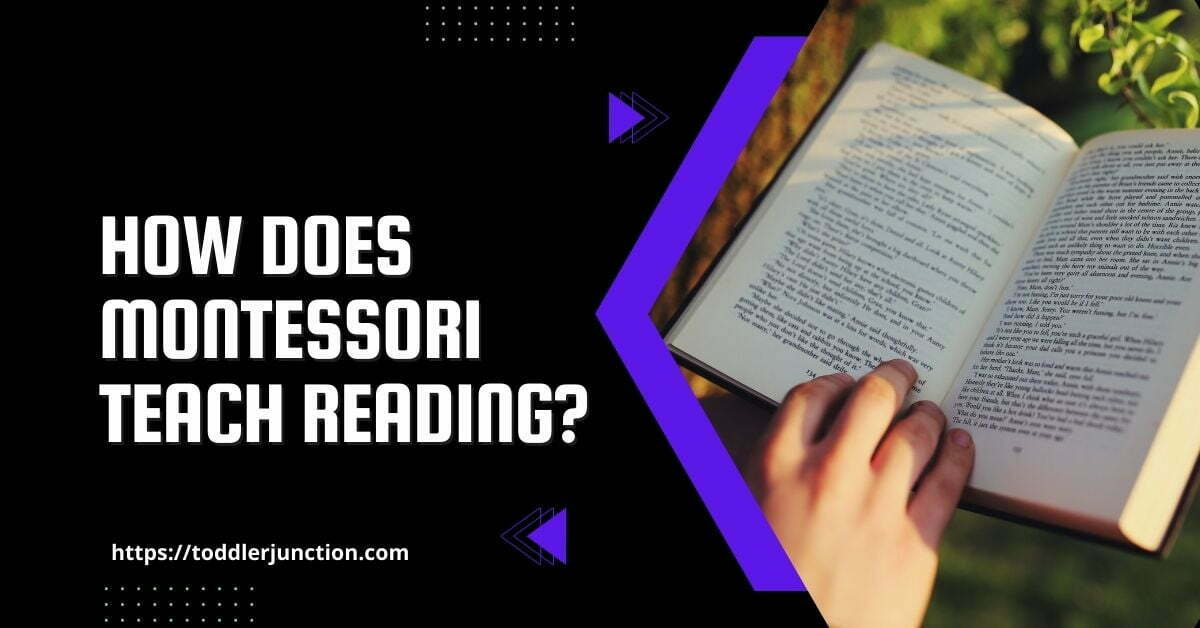The Montessori education system emphasizes the importance of early literacy skills.
It teaches reading using hands-on activities and learning materials that help children develop essential reading skills early.
This article will discuss how Montessori teaching works, including its benefits, the types of materials used, and the specific activities involved.
Reading is an essential focus in Montessori classrooms. I have spent years perfecting the approach I use to teach reading.
In this post, I will share my insights on improving your reading ability effectively using the Montessori method.
Additionally, if you are a teacher or parent with any questions or concerns about teaching reading with the Montessori approach, I will address them herein.
Introducing phonemic awareness
Montessori teaching of reading begins by introducing phonemic awareness.
Phonemic awareness is the ability to identify and manipulate individual sounds in spoken words.
This skill is essential for decoding written symbols and comprehending what they represent.
To help children develop this skill, Montessori teachers use games, activities, and materials to recognize sounds within words.
For example, students might be asked to identify words that begin with the same sound or move syllables around in a word to recognize each letter’s pronunciation.
By doing so, children can build foundational reading and spelling skills from the beginning.
Introducing sight words
Sight words are important for readers because they can understand sentences without sounding them out.
Montessori teaching methods involve Introducing sight words through various activities, such as word building, sorting, and matching. This helps students develop confidence and learn how to read effectively from the beginning.

Encouraging letter and sound recognition
Montessori teaching reading begins with the recognition of letter shapes and sounds. Children are then taught to identify letters in words and use them to form new words.
This process allows children to learn how to read and write quickly and easily, with confidence.
The Montessori approach is based on the belief that learning should be enjoyable for children, encouraging them to explore their creativity while also mastering basic skills.
Exploring writing and spelling
In Montessori classrooms, children are taught how to write and read by working together hand-in-hand. They learn about the alphabet and sounds before being asked to read aloud.
A Montessori teacher will introduce the alphabet and sounds one at a time in a gradual manner using sandpaper letters.
Children will also work with materials that have letters or words made out of them (for example, an ABC mat). These activities help children develop their reading skills while having fun!
5. Developing reading comprehension skills
It is important to develop reading comprehension skills when learning from Montessori educators.
This is done by helping children build connections between the words they are reading and their prior knowledge and experiences.
For example, teachers will often provide visual aids that help children visualize stories, predict what will happen next in a story, ask questions about text content, and draw conclusions based on information read.
Conclusion
There is a lot of debate about the effectiveness of Montessori education regarding reading.
Some believe it uses a holistic approach, incorporating stories, phonics, and sensory activities to create an engaging learning experience. This allows children to develop a love for reading that will last their lifetime.


